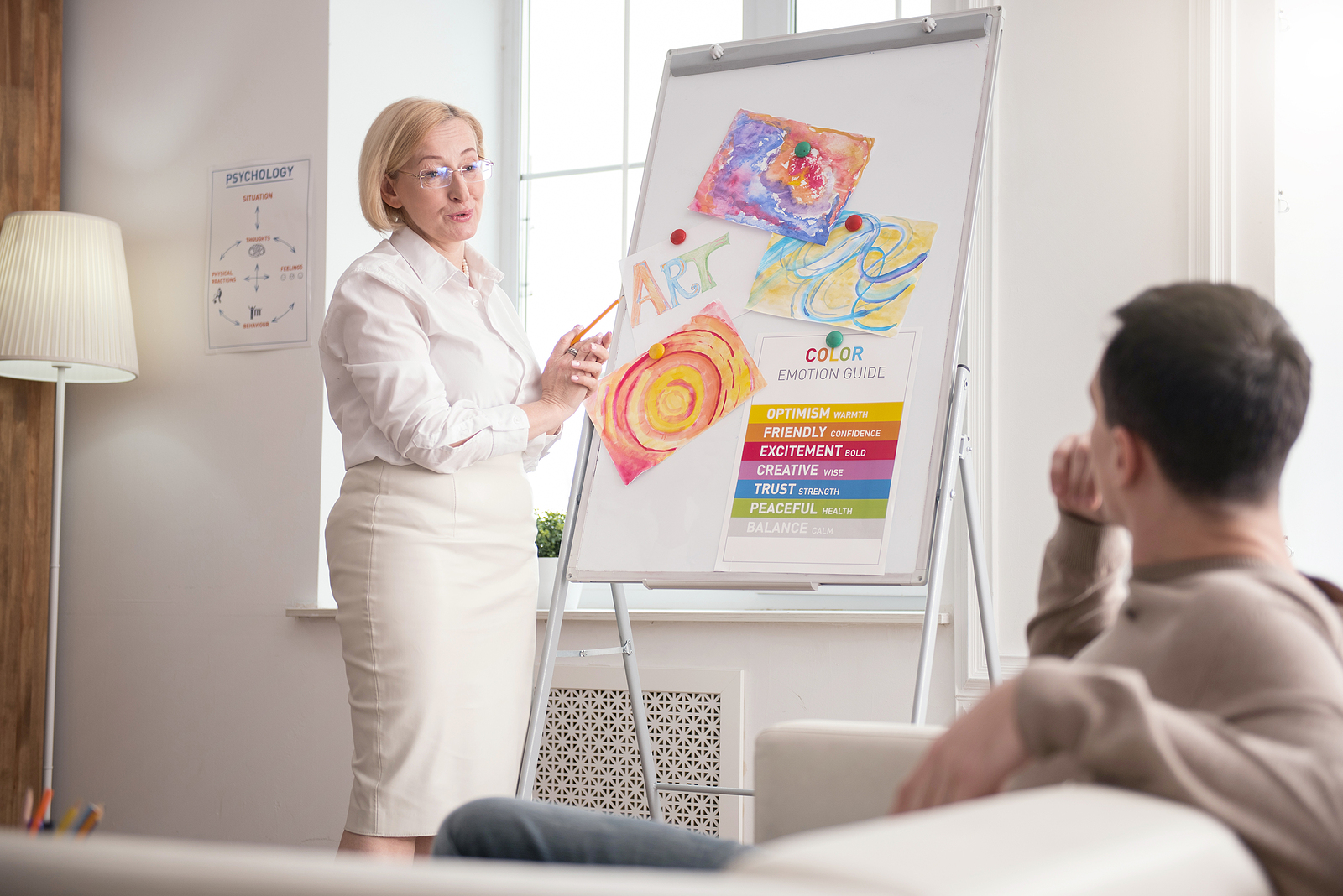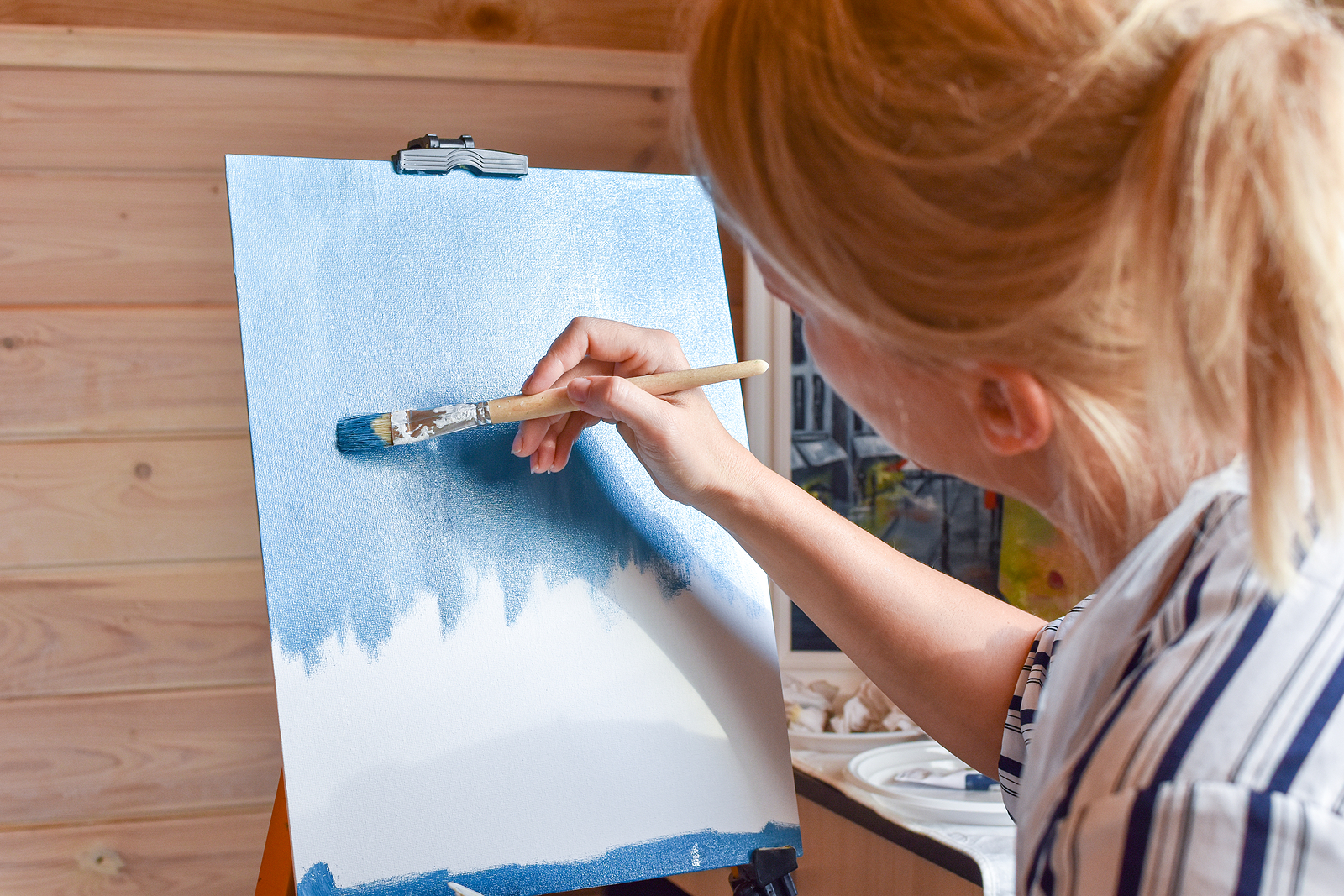4 Things People Don’t Understand about Art Therapy

These days, there are plenty of ways of employing fine art in everyday life. Apart from its aesthetic and educational benefits, art holds a considerable healing power that has long been used in psychotherapy. By adopting various practical approaches, therapists can markedly improve people’s mental and emotional well-being with the help of art. Even though art therapy is widely accepted and used all around the world, many people may still not understand some run-of-the-mill and yet important concepts about it. Let’s look at them.
4 things people don’t understand about art therapy
1. It is not art. Nor is it craft. It is a form of psychotherapy using art as a mode of expression and communication. Art therapists are required to earn a graduate degree and then get a certificate to work with people.
2. Patients don’t have to be artists. People don’t need any prior art experience to seek professional mental health services. To get the most out of therapy, doctors help patients choose the most suitable art media for self-expression.
3. Every age group can benefit from art therapy. For some reason, there is a common belief that only kids tend to visit art therapists. In reality, such services are accessible to people of all age groups, so there is no age discrimination whatsoever.
4. It is hyperefficient. Some people are skeptical about such a method of addressing health issues. According to statistics, though, it is an extremely effective way of coping with general illnesses (cancer, influenza, heart disease), dementia, autism, schizophrenia, eating disorders, etc. It is worth mentioning that therapy cannot heal diseases. Instead, it is directed at improving cognitive and sensory function, as well as emotional resilience.
Though being a relatively new development, art therapy has already become an effective tool for helping and healing people by revealing their innermost feelings and thoughts through art.

